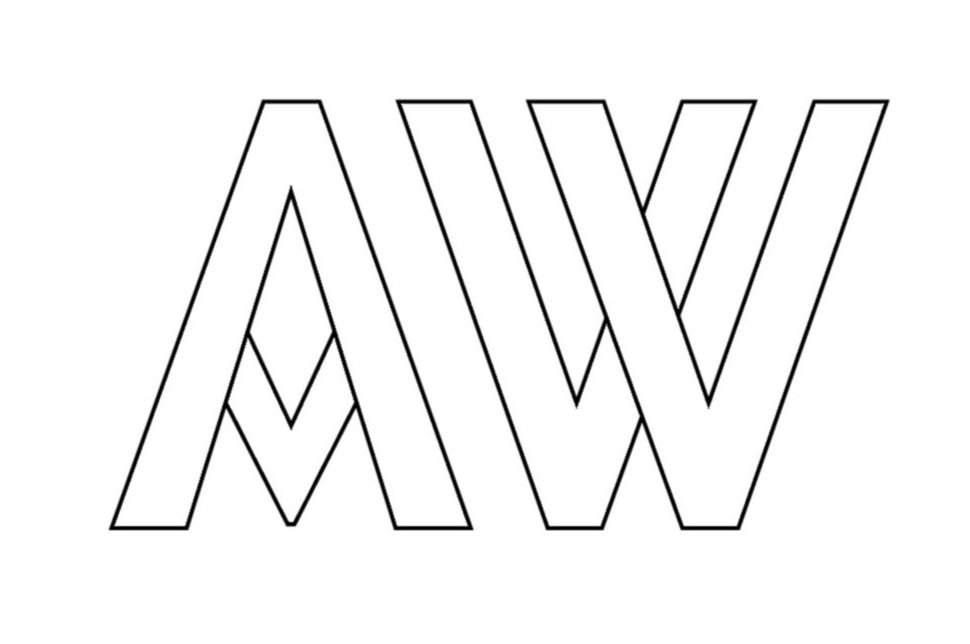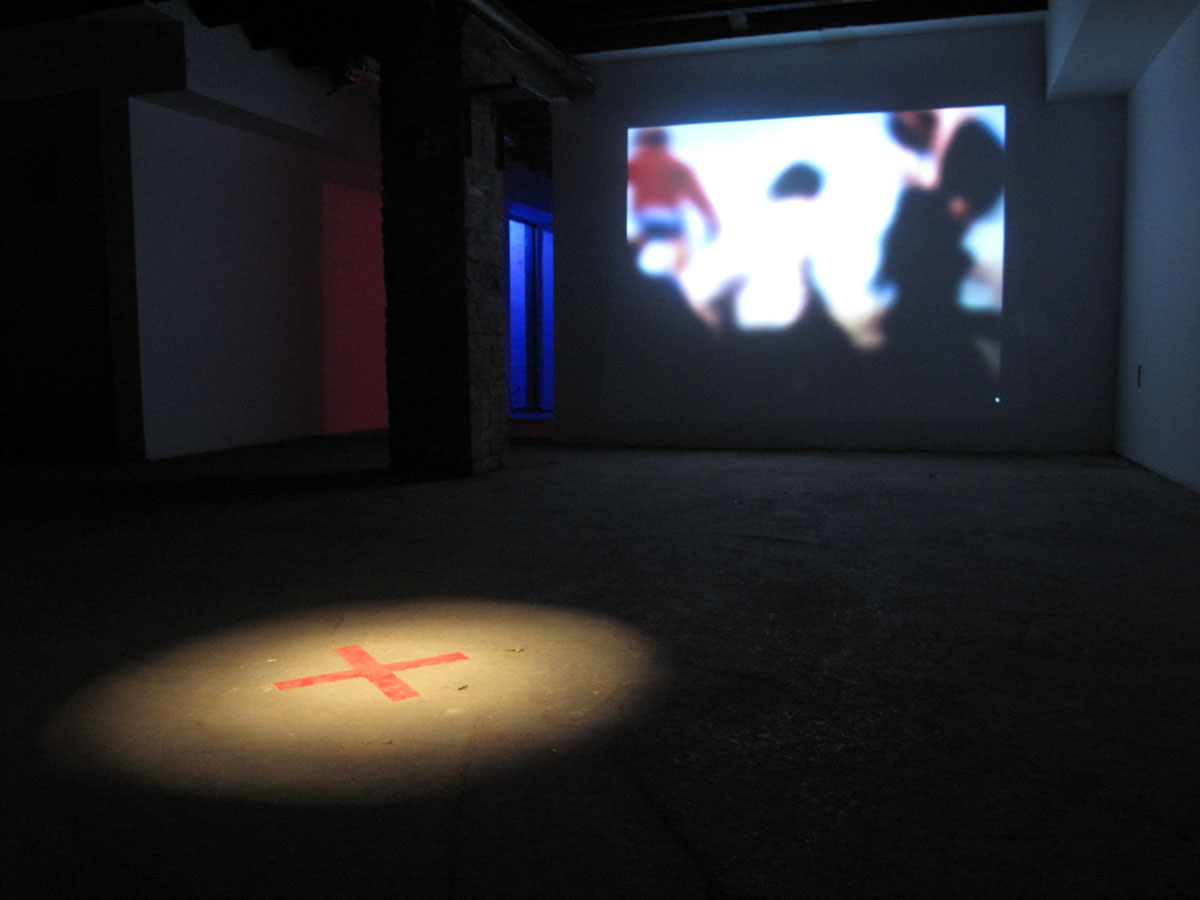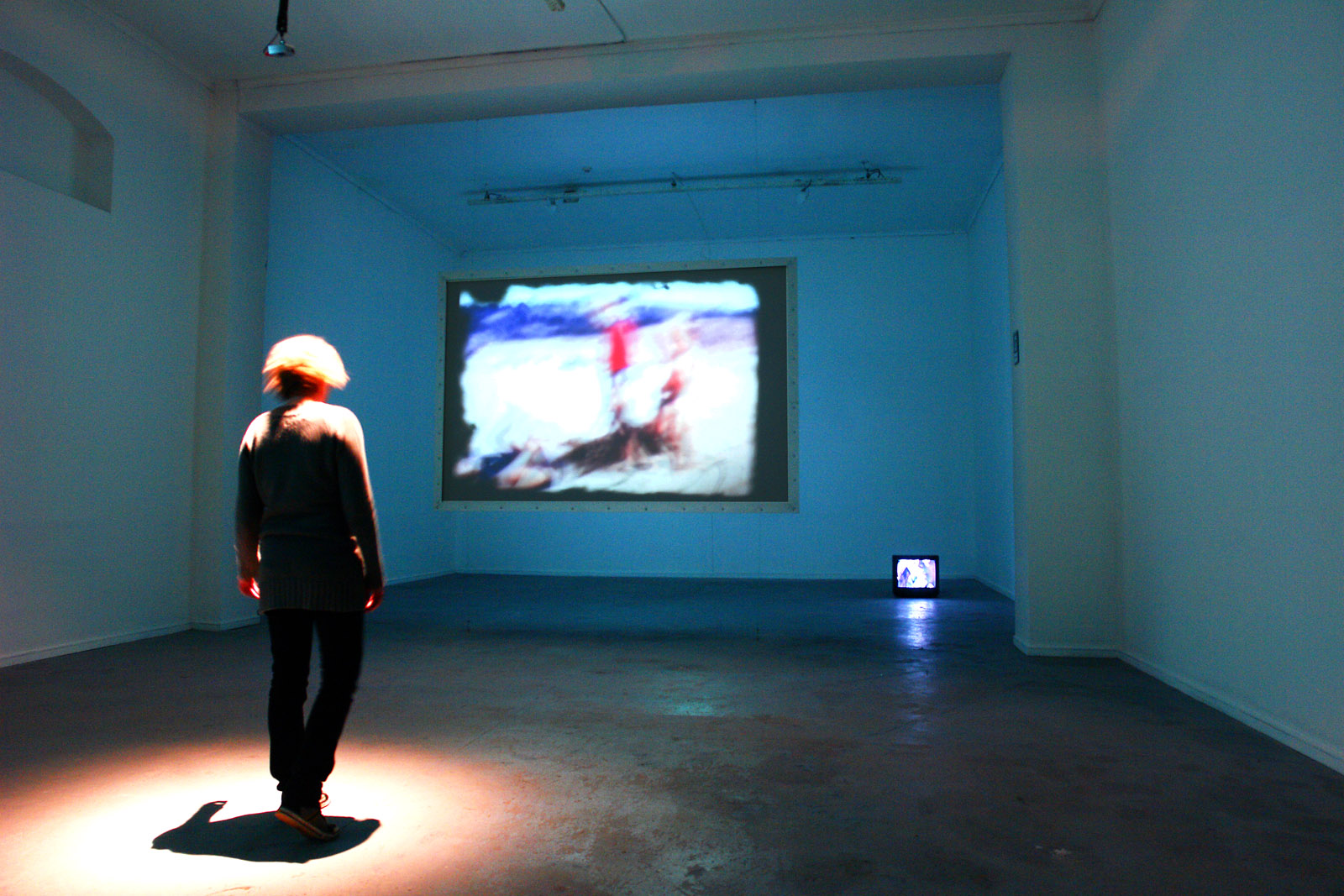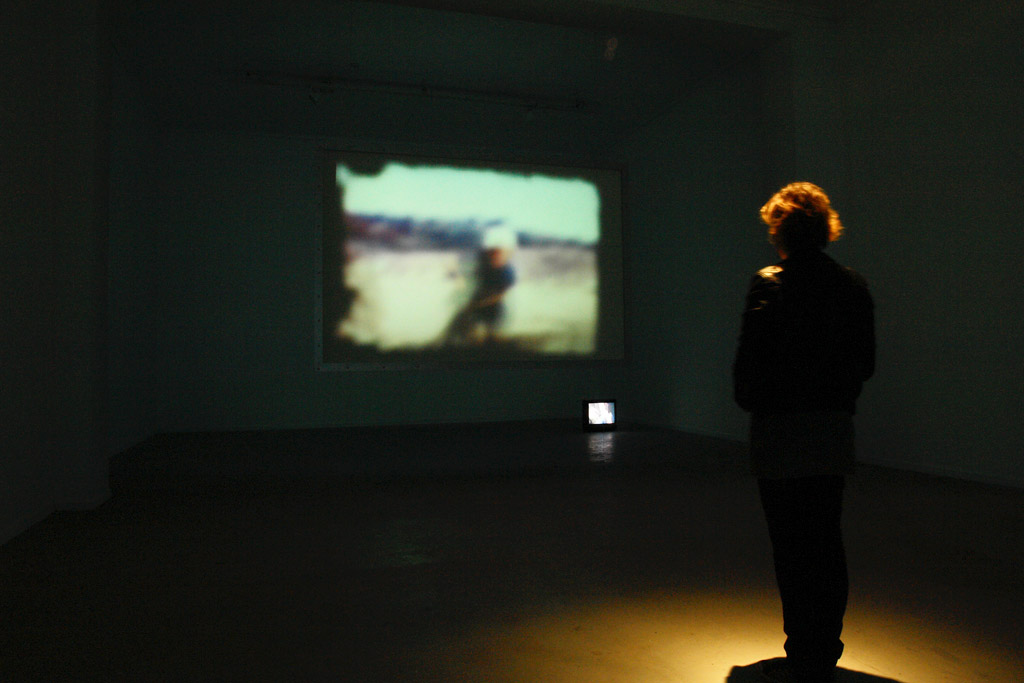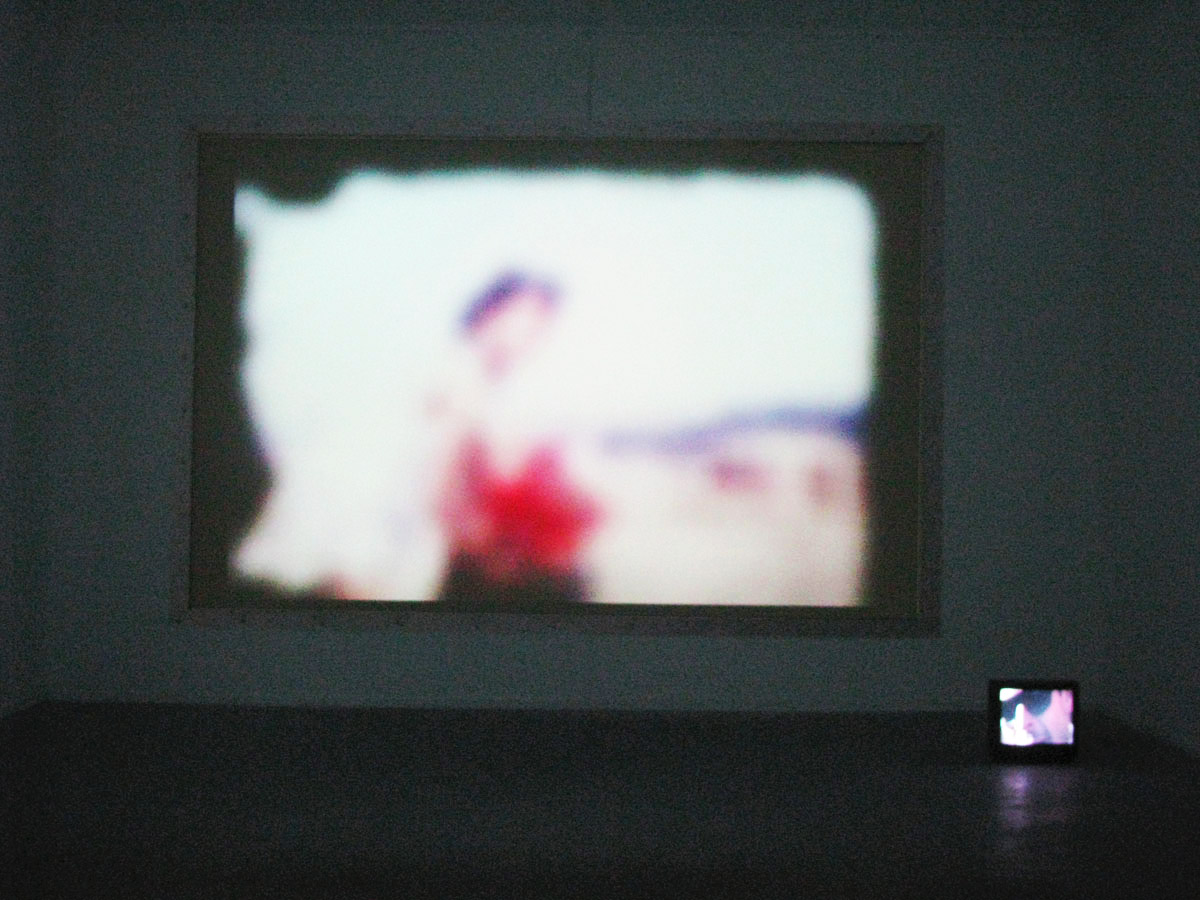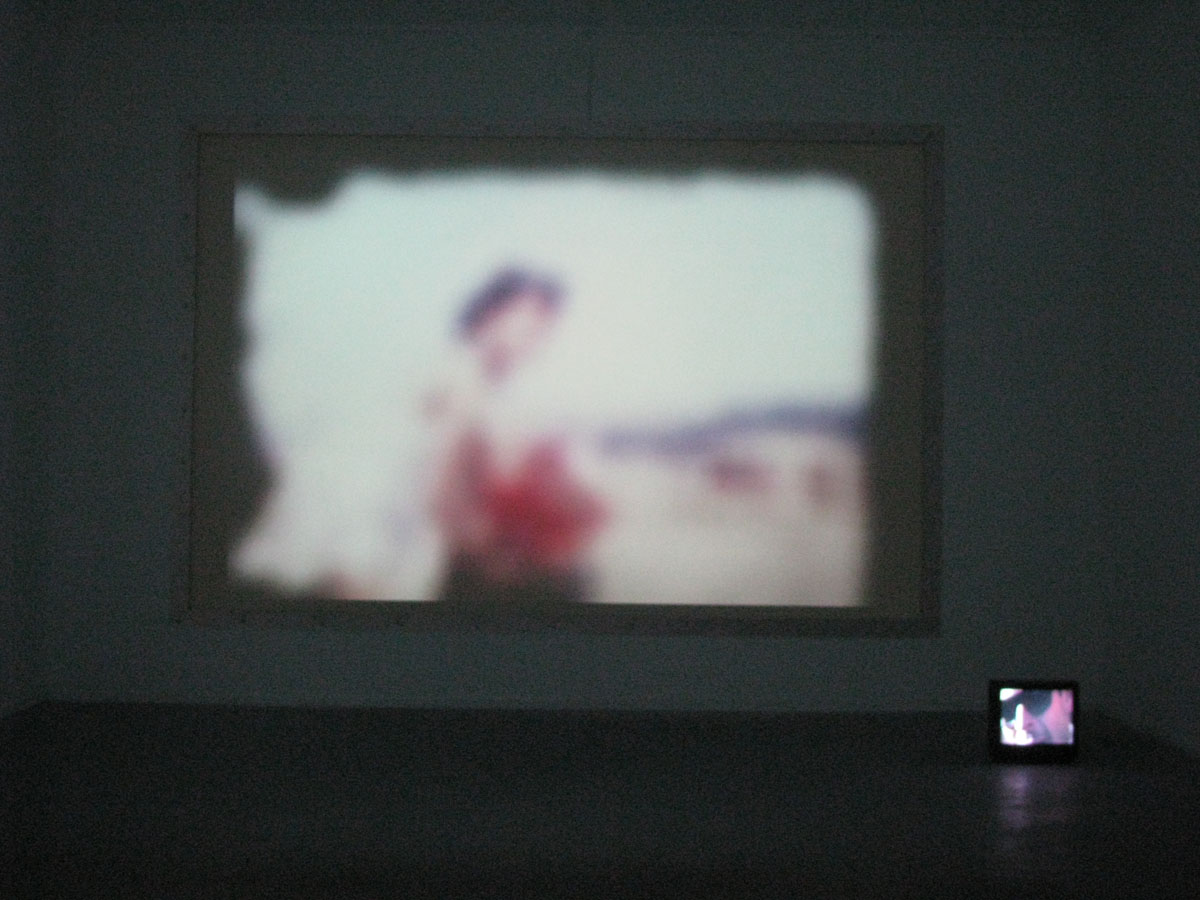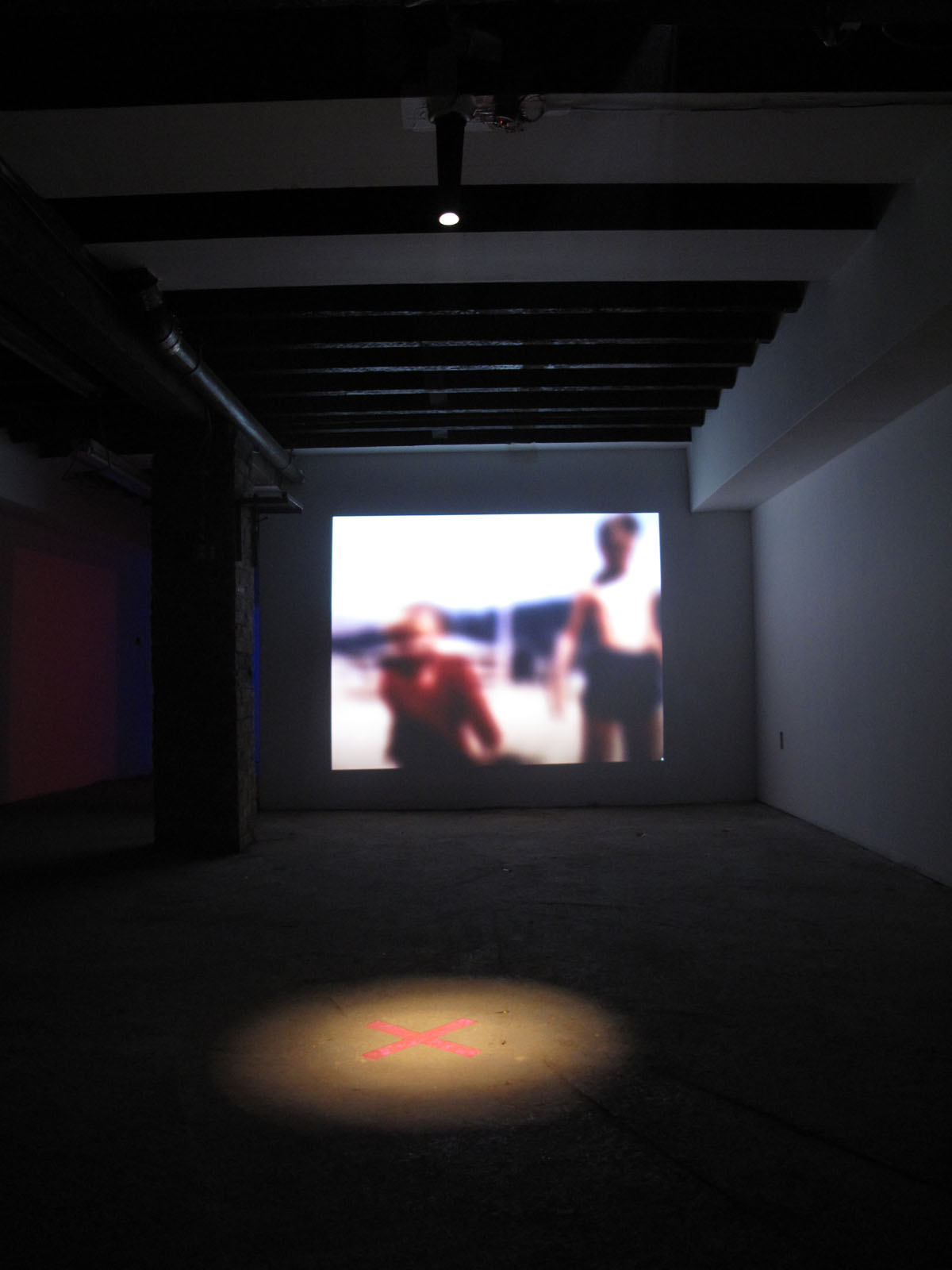souvenir
Time always entails a loss; as time passes by, something is constantly being left behind, and there is mourning, as well as a need to grasp what lingers. “Each little event as it becomes the past, loses its concrete nature and turns into an outline”. Photography and film allow us to fixate that outline, that silhouette, on a medium, and therefore prevent time from bluring it.
At the beginning of Le Tombeau d’Alexandre, Marker quotes George Steiner: It is not the literal past that rules us, but images of the past. Images produce, or at least create the illusion that present and past co-exist. We then decide to collect the portrait of everything we wish to remember or do not wish to forget. Images become our memory, and it becomes impossible to think ourselves without them.
Photography is the compression of the present and the resistant to leave the moment in the past, without ensuring its return. Photography captures the moment, fixates it, but at the same time, it takes it out of time turning it into subject of new narratives, endowing it whit a new temporal logic, a new relationship with the autobiographical time.
Film has the capacity to represent reality in a way that no other apparatus has achieved. But this same ability has to coexist with the duality of the absence of the represented, with its own immateriality. Cinema makes present what is absent, therefore, cinema is about illusion, but it is also about the illusion of time, as film temporality lies in its very nature and its narrative unfolds in the present, even though the entire filmic text is prefabricated. As Deleuze explains the concept of time, understood as the indivisible unity of the virtual image and the actual image. “What interacts is the real with the imaginary, the physical with the mental, the objective with the subjective, the description with the narration, the actual with the virtual (…) they reflect each other enabling us to recognize which was first, tending to confuse in a point where they become indistinguishable”*.
The present is permeated by the past through memories, experiences, and the unconscious that reorganized themselves in relation with the present events, under the light of future expectations. “The past does not follow the present that no longer is, it coexist with the present that it has been. The present is the actual image and its contemporary past is the virtual image, the mirror image”.
Images reveal the hidden processes by which humanity leaves the traces of its existence. The memory of the world is experienced through objects, images and their traces. Each picture becomes a fragment of an irretrievable past. Souvenir proposes a fleeting, elusive image; a latent image that is only revealed through the action of the viewer. This concealed fleeting image represents the fragility of memory. By working with found footage, with anonymous stories, my intention is to give expression to mourning in an indirect way, based on the meaning that each of us brings to the work, based on our personal experience – we rewrite memory much as history is rewritten - rendering visible the tension between remembering and forgetting.
The installation consists on the projection of a home movie – a found footage 8mm family film – that is distorted, completely blury and that only becomes clear whit the movement of the viewer, which is captured by a camera – that works as a sensor – and this information is processed by an application made in OpenFrameworks that reads the values based on the change of light produced by the movement of the viewer, and then manipulates the video, controlling the amount of bluriness of the image.
*Deleuze, Gilles, Time-Image, Cinema Studies 2, Paidós Comunicación, Barcelona, 1986, pg. 110 –111.
souvenir, interactive video installation at the 9th Video and New Media Biennial of Santiago, Chile. Contemporary Museum of Art, 2009
